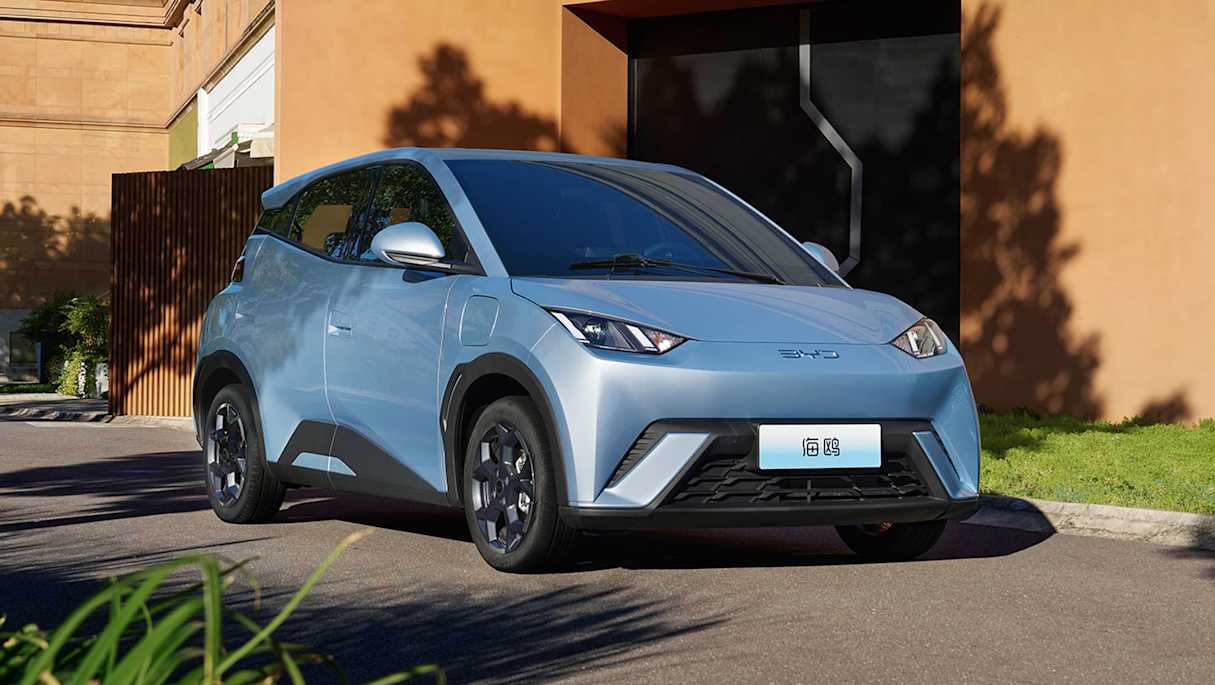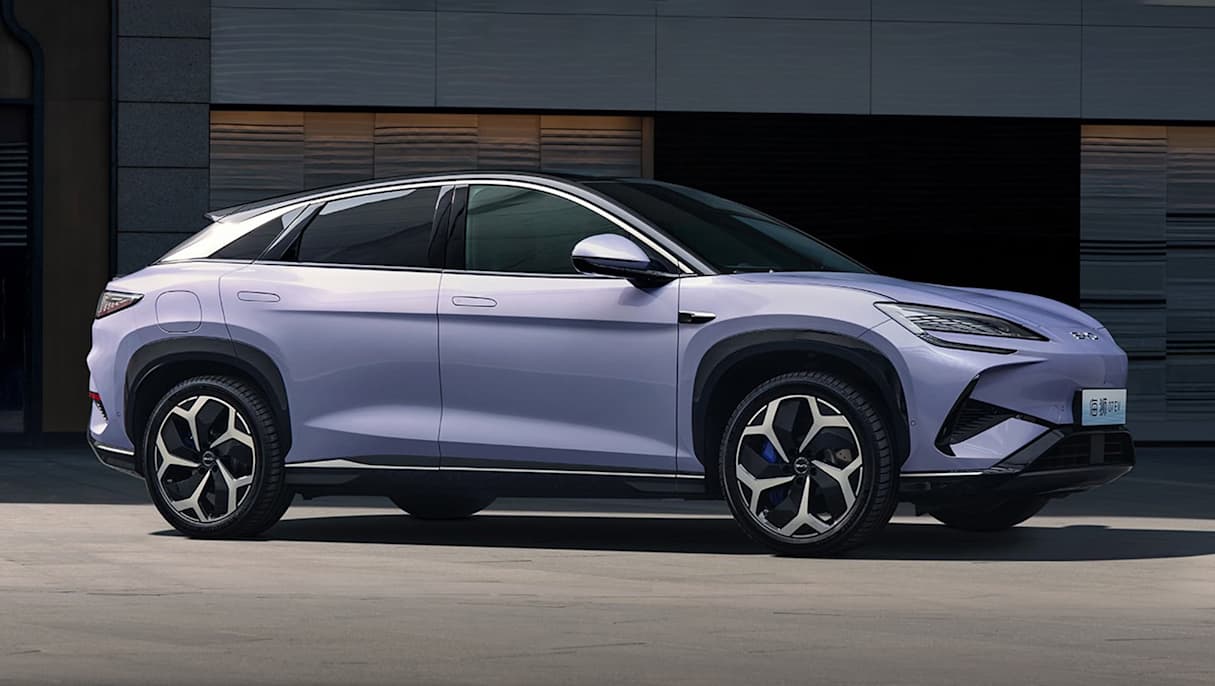BYD is China’s most impressive automotive success story.
Leaping from relative obscurity to flying up the global sales charts, the company’s range of electric and plug-in hybrid vehicles have proven to be not just appealing on the value front, but also desirable to buyers outside China.
As a result, the brand’s sales numbers in 2024 have it moving a whopping 3,740,930 passenger vehicles, with one month left in the year.
To put it in context, the world’s best-selling car company, Toyota (which includes its Lexus, Daihatsu, and Hino subsidiaries) has managed a little over twice that number, amassing 8,873,590 units until the end of October.
The big news is BYD, for several months this year, has managed to surpass some giants. It overtook Tesla temporarily in early 2024 (although remains slightly behind it for the year), while in the third quarter of 2024 it even managed to move more units than Ford, the first time a Chinese carmaker has ever sold more than one of the big US automakers on a quarterly basis.
So, while it’s short of Toyota’s crown by some margin, it’s also achieved those sales in a ridiculously short amount of time.
BYD is consistently growing. It has outdone its own sales targets this year, up a crazy 67 per cent globally, while many of its Japanese, European, and American rivals are struggling with competitiveness in a much stricter global emissions environment.
BYD’s early investment in affordable, scalable battery technology, which it owns, is majorly paying off. Many other companies need to set up new factories for batteries, change chemistries on the fly as better deals become available, or have the price of their vehicles at the mercy of battery suppliers, whether it’s China’s CATL (the world’s biggest battery manufacturer), or South Korea’s LG Energy Solution, or Japan’s Panasonic.
Attempts to get a European competitor off the ground, the Volkswagen and BMW-backed Northvolt, recently went up in flames with the Swedish battery manufacturer facing bankruptcy and looking for a buyer before the end of the year after falling short on battery deliveries and quality.

This is a big issue for Euro-based car manufacturers, who are struggling with profitability and simply aren’t competitive on price with new players like BYD out of China. There’s an argument to be made that some Chinese giants such as MG's owner SAIC and Chery benefit from significant state subsidies, profit margins at BYD are continually rising regardless, particularly as its export footprint expands.
It’s not without a grain of truth to it, a large part of its 11.5 per cent increase in profit in the third quarter of this year has been thanks to a Chinese government policy for favourable terms on trade-in vehicles as an attempt to get older and higher-emitting vehicles off the road.
This may be a far cry from the days of direct subsidies for ‘new energy’ automakers just a handful of years ago, which saw the number of Chinese carmakers explode and then suddenly contract, but it’s a big help regardless.
Roughly 90 per cent of all BYDs sold are still in China, and it may surprise you to learn that Chery still out-ranks it on an export basis.
What about locally? Australia is a small target, and not one that is limited by protectionist tariffs, which have been put in place to try and lock brands like BYD out of Europe and America.
GWM and SAIC-backed MG have secured their spot in Australia’s top ten automakers, ousting decades-long favourites such as Subaru in the process. The key to their success has been very keen pricing, increasingly sharply-styled vehicles, long warranty terms, and lots of new-age equipment once reserved for only high-trim versions of mainstream rivals.
BYD is still well outside the top 10. It offers just four models in Australia, and while it’s made a significant impact, particularly on the EV front, its best days are almost certainly ahead with the arrival of its first ute and an expansion into the realm of plug-in hybrids.

It’s the rate of growth that is of most note. The Chinese juggernaut is up 68.2 per cent from last year and is already out-ranking LDV, Honda, and Lexus. In fact, it’s just short of pipping long-time mainstream favourite, Suzuki. Keep in mind, the Atto 3 only arrived on Australian shores a little over two years ago.
Still, BYD will need to double its volume in 2025 if it wants a shot at a top-10 position. To the end of November this year, the 10th-ranked automaker is GWM, which has managed to move 38,709 units, and the coveted number one position, which BYD so boldly said it wants to threaten? It’s of course Toyota, which has done over tenfold BYD’s number at a whopping 222,639 units, which is also more than double the second-ranking Ford, which sits at 91,865.
The Canary in the coal mine, perhaps, is how easily BYD has established itself as the default option in some important market segments. Electric small SUV? It’s hard to go past what the Atto 3 offers, even though MG beat it to the market with its ZS EV. Electric sedan? If you don’t want a Model 3 and can’t afford a BMW i4, the Seal is the default choice. What about a hybrid ute? It’s something Australia’s market has been crying out for for years and BYD looks to be the only brand to offer a viable option.
Ford and GWM will come to the party too, but it doesn’t look like either option will offer the value or specs which BYD is claiming. Will it be the next volume model to give the Chinese automaker a leg-up? The gauntlet has certainly been thrown down.





_0.jpg)
.jpg)
.jpg)






.jpg)





_0.jpg)

.jpg)

.jpg)




.jpg)